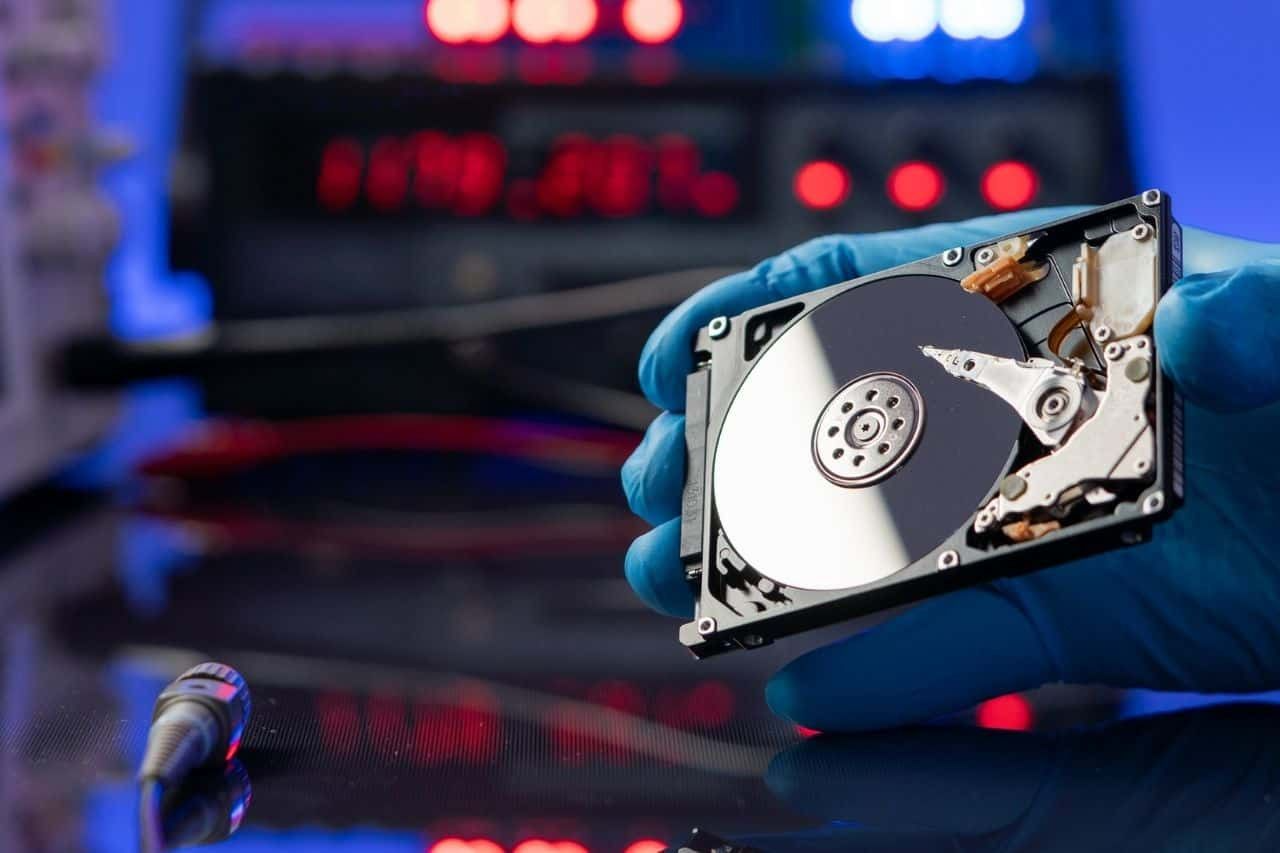
There are so many tasks and processes carried out in institutions that require automation. The accounts payable or AP department carries out all automation regarding invoices and cash flow. They check to ensure that the invoices are properly sorted, approved, and processed. This sounds like a straight and easy task, but there is more to it.
Every business has its policies and mode of operation, so the accounting regulations may differ from business to business. For smaller businesses, invoices may be sorted manually, but for medium to larger businesses, AP automation is required. The large number of invoices that come in will be difficult to sort out paper by paper, the job may be unending and will require enough manpower and labor.
With accounts payable automation though, these tasks can be handled and sorted out quickly and with ease while reducing the number of people on the job. The automation process helps with accuracy, improves efficiency, yields faster results, and saves cost which can be channeled to other projects to be handled in your organization.
Let us highlight and discuss briefly some processes that you need to automate in order to yield better results and increase productivity in your business.
Sorting Invoices
Before automation, invoices were received and sorted manually, that is, on paper. The process of receiving, sorting, and processing these invoices can be rigorous. In some cases, some data is lost or even mixed up especially in the case of trying to handle a large amount of data.
With automation, invoices can be received as emails in different formats like PDF and DOCX. This may seem better than receiving it on paper but the process of sorting can be time-consuming and tasking.
AP automation makes the process of sorting invoices smooth. Rather than sort the invoices manually, clients or other business associates should start by sending invoices only electronically, this eliminates the task of sorting papers and saves time.
As the name implies, ap automation sorts out invoices as they come in. Organization takes place immediately and each invoice is placed in folders that you can easily access when you need them.
Data Capture and Invoice Approval
After invoices have been sorted, the next step is approval. This requires a whole process if done manually by different people in various offices or ranks. This is important in order to ensure that the invoices are without errors and in some cases, the process may cause a delay leading to penalties.
This can be handled better using ap automation which points out errors and ticks all the approval boxes after running a thorough check on the invoices. Data capture is made easy with ap automation. It has a handwriting recognition system and intelligent character recognition which captures all imaging and handwritten words.
Conclusion
There are other accounts payable processes that need to be automated. Matching invoices to the other documents related to them and ensuring that it is done accurately; general coding which entails the final sorting and entering into the different ledgers; are processes that should be automated for any business to perform efficiently.
Although the account payable department of some businesses handles their invoices manually, you should consider automating these processes. When you do, you’ll be saving time, reducing the workforce you will have to employ, and save cost.









